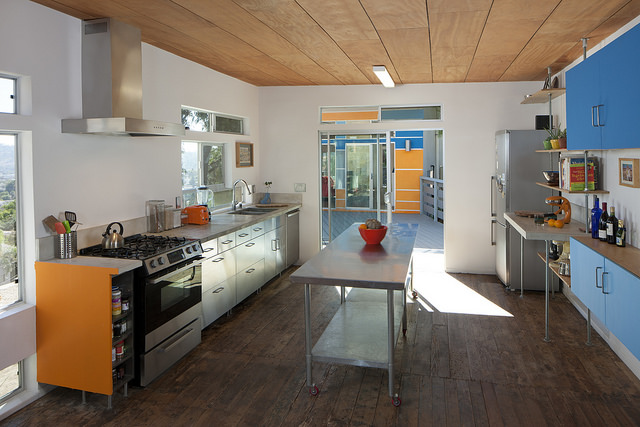If you’re interested in making your home more environmentally friendly, there has never been a better time to do it. Eco-friendly design material options abound, and finding the style you want is easier than ever. The only downside is that the sheer volume of available information can feel a bit overwhelming.
That’s why this post will cover:
- The many ways a material can be eco-friendly
- Examples of gorgeous, eco-friendly materials that can work beautifully in various areas of your home
- More tips for an eco-friendly home
What Makes a Material Eco-Friendly?
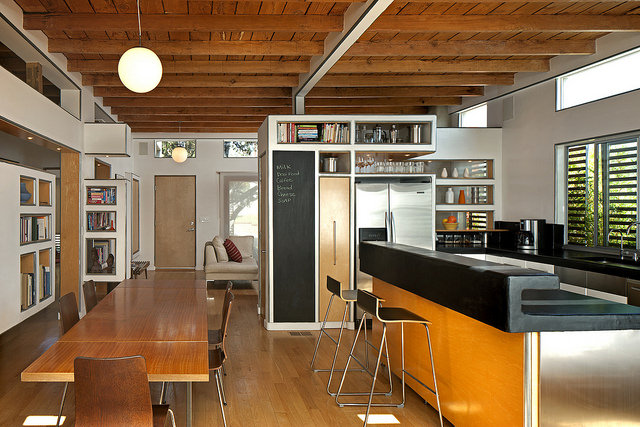
One difficulty many homeowners face is that “eco-friendly” is a broad term–there are many different approaches to choosing materials that are good for the Earth.
It can get complicated too. For example, even though using recycled materials is eco-friendly in theory, the process for recycling materials is not always good for the environment. This always depends on the manufacturer’s process and the materials in question.
Still, in general, the following criteria are a great starting point for choosing materials.
- Recycled/Reclaimed: Typically, something that’s been made using only (or mostly) existing materials limits waste and has a small impact on the environment.
- Renewable: Even if you don’t use recycled materials, using materials that can be easily reused or recycled still helps the planet in the long run.
- Durable: Long-lasting materials won’t need to be replaced as quickly.
- Limited Manufacturing/Processing: Some materials require less energy to manufacture than others. Usually, these are materials that can be found in nature (wood, stone, etc.) but not always.
- Rapidly Renewable: Rapidly renewable materials are made from agricultural products with a shorter harvest cycle (making them easier to regrow quickly).
- Local: Finding locally sourced materials means less long-distance transportation, which uses resources and can cause pollution.
- No Harmful Materials: Avoiding products made with pollutants or other harmful materials isn’t only good for the environment, but also for your health.
How To Incorporate Eco-Friendly Materials In Your Home
When designing an eco-friendly space, many people have concerns about balancing aesthetics and sustainability. While it’s great to be eco-friendly, it’s crucial that you also love the look and feel of your home.
Many eco-friendly materials come from natural sources, giving your home a wonderfully calming, grounded feel. But because there are so many options available, you can truly achieve any aesthetic you want.
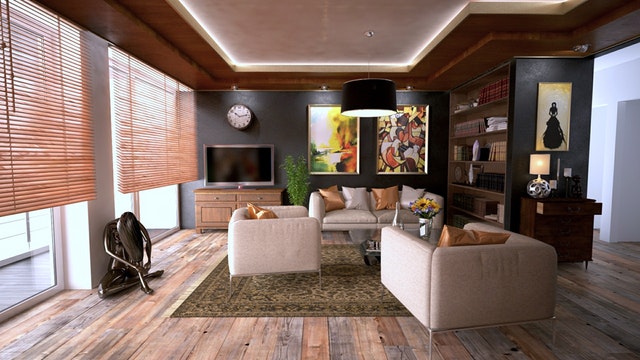
Flooring
Whether you’re concerned with flooring in your kitchen, living room, bathroom, or somewhere else, these eco-friendly options are great for any space.
Reclaimed Wood
Using reclaimed or recycled wood helps to protect forests. Natural wood is a beautiful choice for flooring and even kitchen countertops. Even if you opt for wood that isn’t reclaimed or recycled, you might consider making sure it has an FSC (Forest Stewardship Council) certification, indicating that it comes from a responsibly managed forest.
Bamboo and Cork
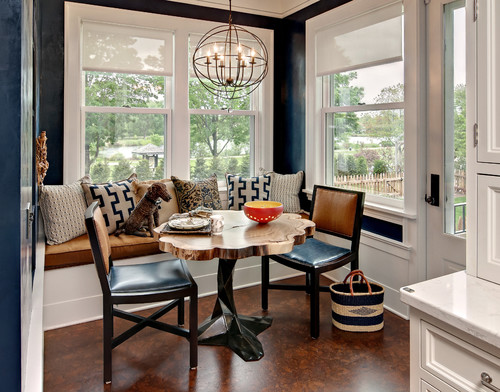
Bamboo and cork are rapidly renewable materials, meaning they grow quickly and are easy to replace after they’re harvested. Both are strong and durable when installed and treated properly. Plus, did you know that cork is naturally antimicrobial and resistant to mold?
Marmoleum
Marmoleum is Forbo’s brand of linoleum. It’s made from “97% natural raw materials and contains 43% recycled content” according to Forbo’s website. This well-known sustainable option is durable, easy to clean and maintain, and available in a variety of colors and styles.
Countertops
What about your kitchen and bathroom countertops?
- Reclaimed wood, cork, and bamboo aren’t just for floors. They’re excellent countertop materials too.
- Choosing salvaged stone (often marble or granite) is a great way to reduce the environmental impact associated with mining stone.
- Recycled glass is a beautiful countertop option that is made from embedding recycled glass shards or crushed glass in another material such as concrete, resin, or cement.
- Recycled aluminum is perfect for a sleek, modern, or industrial style space.
- Ceramic tiles aren’t just great for beautiful and unique countertop designs. They can also be used in many other areas of your kitchen and bathroom, including floors, backsplash, and more.
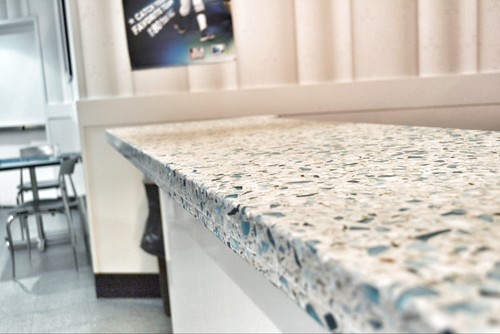
More Tips For An Eco-Friendly Home
In addition to the materials you choose, other aspects of your home’s design can also help the earth. Environmentally friendly lighting is one of the biggest changes homeowners can make. Big windows and skylights allow natural light to brighten your home during the day. If you want to make a smaller change that still has a big impact, you might install LED or CFL light bulbs and dimmer switches.
Other ways to reduce your home’s environmental impact (and your utility bill) include buying energy-saving appliances — especially your water heater, clothes washer and dryer, refrigerator, and air heating and cooling system. You can also save a lot of water by installing a low-flow showerhead.
Let Karen Linder help you design an amazing eco-friendly home
With your vision and our expertise in eco-friendly interior design, we can work together to create the beautiful space you’re dreaming of.
Ready to get started? Call us today at (503) 515-4745 or contact us online.

